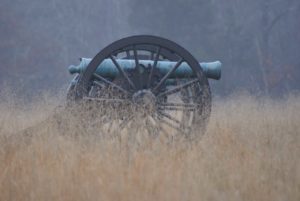General Howard’s Comment on Joseph’s Narrative
On reading in the North American Review for April the article entitled “An Indian’s View of Indian Affairs,” I was so pleased with Chief Joseph’s statement – necessarily ex parte though it was, and naturally inspired by resentment toward me as a supposed enemy – that at first I had no purpose of making a rejoinder. But when I saw in the Army and Navy Journal long passages quoted from Joseph’s tale, which appeared to reflect unfavorably upon my official conduct, to lay upon me the blame of the atrocious murders committed by the Indians, and to convict me of … Read more

